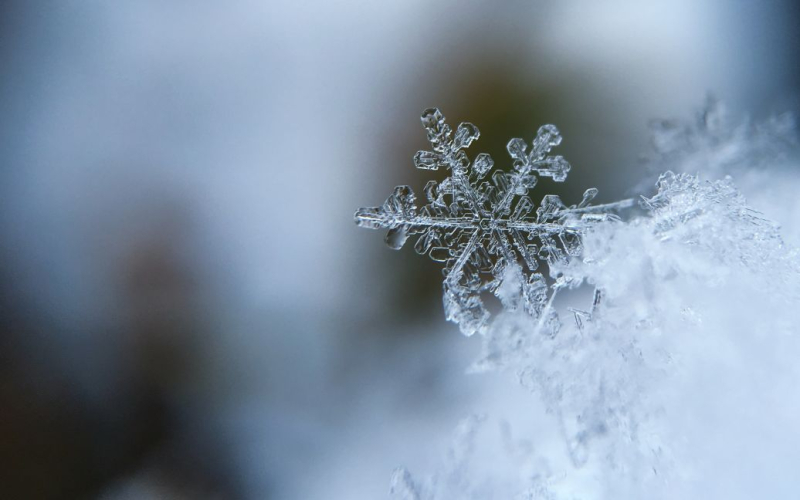
The largest snowflake was 3.5 centimeters in size.
There are 135 types of snowflakes in the world that we can usually see in winter. However, it is curious that there are no identical ones. Scientists say there is a very low probability that even at the microscopic level, snowflakes experience the same conditions.
This was reported by the press service of the Ukrainian Hydrometeorological Center.
As noted, there are 135 types of snowflakes in the world, but no two are alike. The largest snowflake was 3.5 centimeters in size, while most are barely 5 millimeters.
“In fact, snowflakes are absolutely transparent, because they are formed from pure ice. However, we see them white – this is due to the reflection of the entire spectrum of light on the small faces of the snow crystal,” explains the Hydrometeorological Center.
They added that the main shape of an ice crystal is determined by the temperature at which it forms and the humidity of the air.
“Long needle-shaped crystals are formed at a temperature of -5℃, and very flat plate-like crystals are formed at -15℃. After birth, each snowflake lives its own life and takes a form that another will never repeat,” say weather forecasters.
In addition, all snowflakes want to have a symmetrical snowflake dendrite shape, but their fragile structure easily breaks to form a new shape.
“Therefore, absolutely every snowflake looks unique, starting from the lace pattern and ending with the uniqueness of each ice needle,” summarizes the Hydrometeorological Center.
Let us recall that for several years in a row, employees of the Chernobyl Nature Reserve have been observing a strange phenomenon, in the opinion of the average person.
Related topics:
More news

